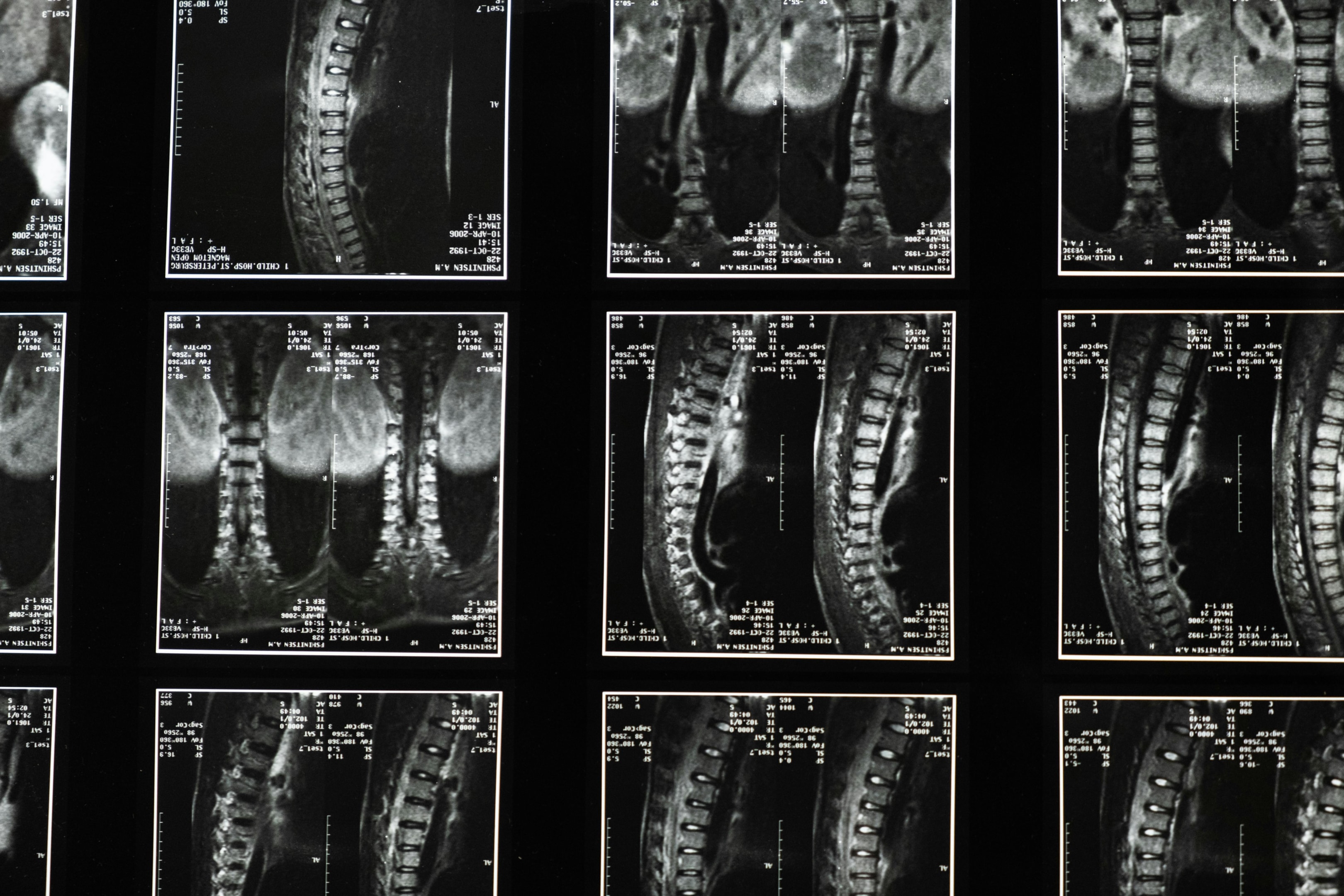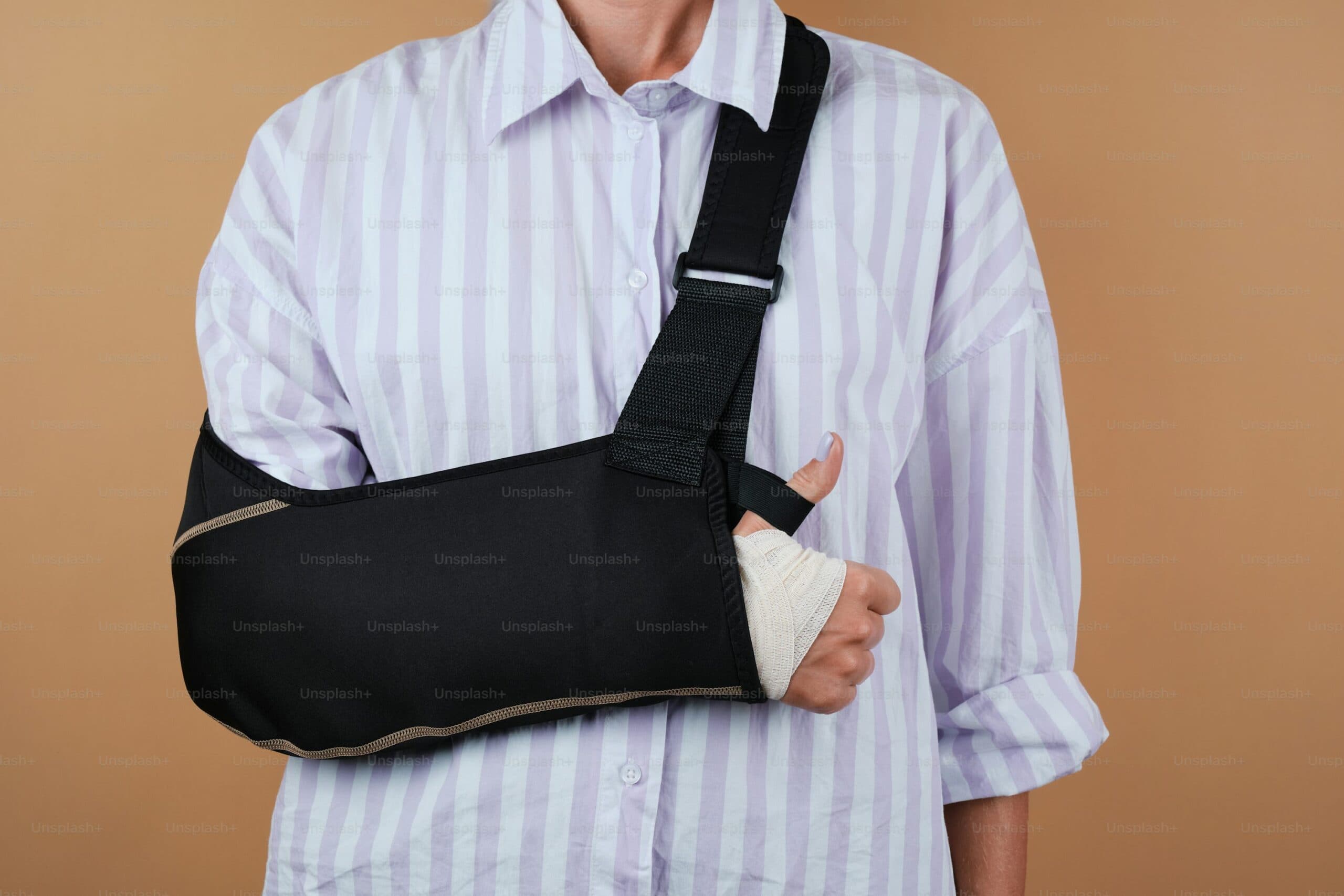
When someone suffers a catastrophic injury, the impact isn’t just physical; it stretches into every corner of their life. These are the kinds of injuries that demand long-term care, strip away independence, and often require legal action to ensure justice. If you’re wondering what counts as a catastrophic injury in a lawsuit, the answer lies in the severity, permanence, and life-altering consequences of the harm suffered.
In personal injury law, a catastrophic injury refers to a severe, often permanent injury that significantly disrupts a person’s ability to function. These severe injuries usually lead to ongoing medical care, lost income, emotional distress, and sometimes wrongful death. Understanding what qualifies can help victims and families handle the legal system with clarity.
Defining Catastrophic Injury in Personal Injury Law
Catastrophic injuries require far more than immediate medical attention; they demand lifelong support. The term refers to serious injuries that cause long-term or permanent disability and prevent a person from maintaining gainful employment or independent living.
Examples of catastrophic injuries include:
- Spinal cord injuries that result in paralysis or severe motor impairment
- Traumatic brain injuries (TBIs) leading to permanent cognitive impairment or brain damage
- Severe burns requiring extensive medical care and in-home assistance devices
- Amputations or limb loss
- Vision or hearing loss
In personal injury cases, these injuries are not only physically devastating, but they often cause mental anguish, emotional distress, and financial ruin. An injury may be classified as catastrophic under personal injury law when its effects are permanent, severely disabling, and significantly interfere with basic life functions or earning capacity, as determined by medical and legal evaluations.
How Catastrophic Injuries Happen
Catastrophic injury cases often arise from extreme and preventable events. Victims usually suffer these injuries due to someone else’s negligence, and many times, the responsible parties could have taken steps to prevent the harm.
Common causes of catastrophic injuries include:
- Auto accidents (such as car accidents and motorcycle accidents) caused by drunk or distracted drivers, or high-speed collisions
- Medical malpractice during surgery, childbirth, or emergency care
- Workplace accidents often occur on dangerous premises, especially in construction or manufacturing settings.
- Defective products
For example, a spinal cord injury from a rollover crash may leave the victim paralyzed, unable to return to work, and reliant on costly medical treatments for the rest of their life. These incidents highlight how quickly life can change and why personal injury claims exist to help victims recover.
Key Elements of a Catastrophic Injury Lawsuit
A catastrophic injury lawsuit focuses on securing fair compensation for the victim. These claims must prove several critical elements:
- Negligent parties: Someone else’s negligence caused the injury.
- Harm suffered: The injury led to severe and permanent consequences
- Medical evidence: Proof of extensive medical care, medical bills, and future medical expenses.
- Losses: lost wages, reduced earning capacity, and mental or emotional anguish.
A personal injury lawyer gathers the documentation and expert testimony necessary to show how the injury has reshaped the victim’s life. From loss of household services to the need for emotional support, every detail matters.
Damages You Can Pursue in a Catastrophic Injury Claim
Many victims ask the same critical question: How much compensation can I recover? The answer depends on how severely the injury affects your life and how well your legal team builds your case. State and federal laws give you the right to pursue compensation when someone else’s negligence causes a catastrophic injury.
You can recover damages for:
- Immediate and long-term medical expenses, including surgeries, hospital care, and follow-up treatments
- Ongoing care and rehabilitation, such as physical therapy, occupational therapy, and in-home nursing
- Lost wages and reduced earning capacity, if your injuries prevent you from working or earning what you once did
- Permanent disability or cognitive impairment-related costs, including assistive devices and home modifications
- Emotional distress, mental anguish, and PTSD, when a licensed mental health professional diagnoses you and links your condition to the traumatic event
- Therapy and psychological support, which help you adjust and rebuild after life-changing trauma
- Punitive damages, if the at-fault party acted recklessly or with intentional disregard for your safety
If your loved one died from a catastrophic injury, you have the right to file a wrongful death claim and seek compensation for funeral costs, lost companionship, and other losses.
Catastrophic injuries change everything. By taking legal action, you protect your future and hold the responsible party accountable for the full impact of the harm they caused.
Catastrophic Injury Claims vs. Standard Injury Cases
Catastrophic injury claims differ from standard personal injury lawsuits due to the magnitude of loss. While both involve proving negligence and seeking compensation, catastrophic cases demand a deeper analysis of future expenses and lifelong impact.
Key differences:
- Severity of injuries: Catastrophic injuries involve permanent disability or serious impairment.
- Medical documentation: More extensive proof of treatment, prognosis, and necessary support.
- Financial impact: Greater loss of income, medical costs, and need for household and emotional support.
These cases often require testimony from medical professionals, life care planners, and financial experts. That’s why victims benefit from working with an experienced attorney who understands the depth of these claims.
When Should You Consider Legal Action?
If you or a loved one has suffered a catastrophic injury, timing is critical. Every state has a statute of limitations (a legal deadline to file a lawsuit). Missing this deadline can permanently bar you from recovering compensation, no matter how strong your case is.
For example,
- Nevada:
Under Nevada Revised Statutes § 11.190(4)(e), you generally have 2 years from the date of the injury to file a personal injury lawsuit. - California:
According to California Code of Civil Procedure § 335.1, the statute of limitations for personal injury claims is also 2 years from the date of injury.
However, certain exceptions may apply, for instance, if the injury wasn’t discovered right away or if a government entity is involved (which may shorten the deadline).
Why Early Action Matters:
- Ensures critical evidence (like surveillance footage or witness testimony) is preserved
- Prevents insurance companies from using delay tactics to weaken your case
- Gives your legal team time to build a comprehensive claim
Don’t wait until it’s too late. Speak with a catastrophic injury lawyer who understands your local laws and can file your claim promptly and effectively.
Rebuilding After a Devastating Injury
Catastrophic injuries turn everyday life into a constant challenge. Whether caused by motor vehicle accidents, medical malpractice, or other forms of negligence, the consequences can last a lifetime. Victims need support not just medically, but also legally and financially.
Understanding what qualifies as a catastrophic injury in a lawsuit helps you take the right steps toward healing and justice. If you’re facing an uncertain future due to a serious accident, the experienced team at Bourassa Law Group is here to help. Our catastrophic injury attorneys are here to assess your legal options and pursue the full compensation you lawfully deserve based on the facts of your case.
Contact us today for a free consultation. Let’s work toward reclaiming control of your life.





